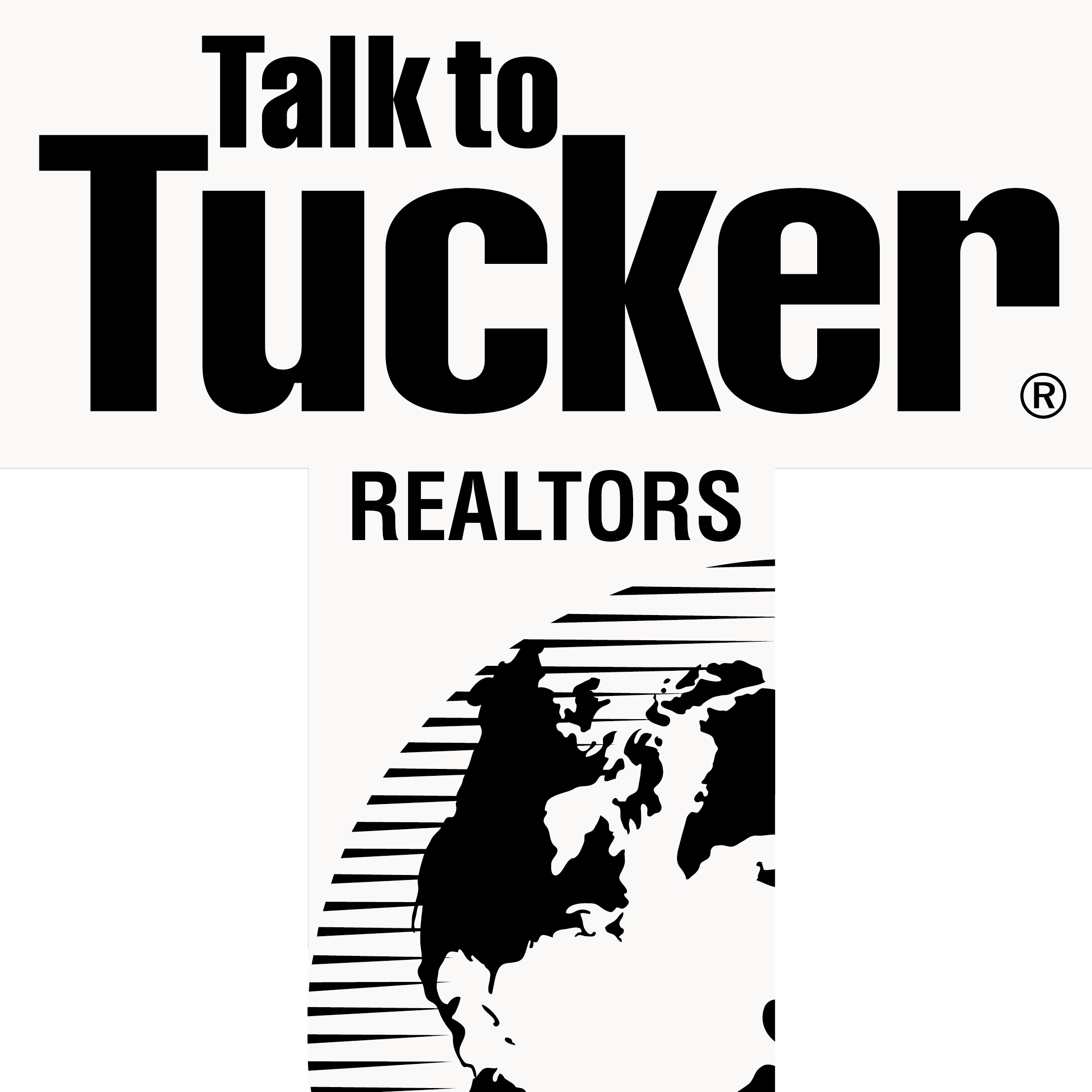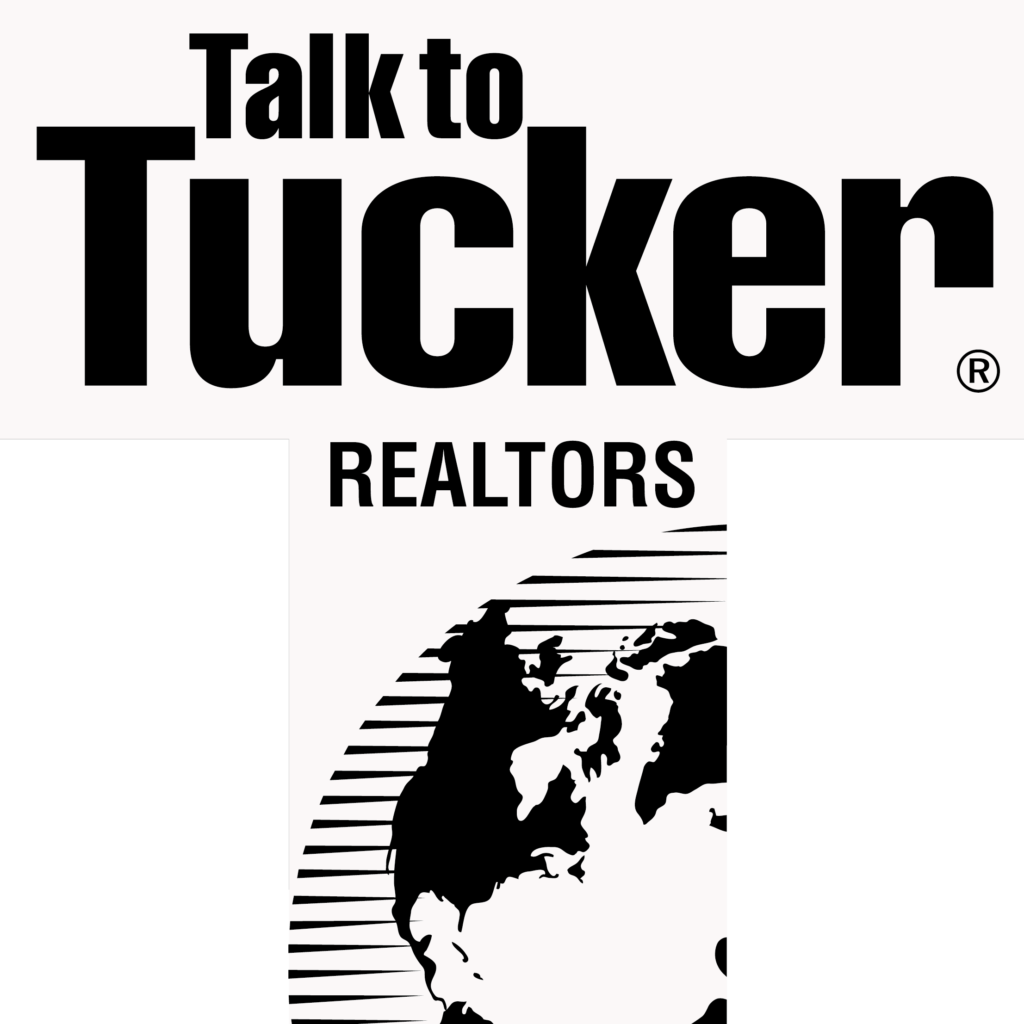
In commercial real estate, few metrics are as important—or misunderstood—as Net Operating Income (NOI). Whether you’re evaluating a new investment or tracking the performance of a property you already own, NOI gives you a clear snapshot of a property’s income-generating potential.
At Annie Scott Realty Group LLC, I work closely with Indiana investors and property owners to ensure they understand and use NOI effectively in their decision-making. Here’s what you need to know.
What Is Net Operating Income (NOI)?
Net Operating Income is the amount of income a commercial property produces after operating expenses are deducted from gross rental income, but before debt service (loan payments), taxes, and capital expenditures.
In short, NOI measures a property’s true earning power from operations alone.
The Basic NOI Formula:
NOI = Gross Operating Income – Operating Expenses
Let’s break that down:
Gross Operating Income includes:
- Rental income from tenants
- Additional income (parking fees, laundry, signage, vending, etc.)
- Reimbursements from tenants (if applicable)
Operating Expenses typically include:
- Property management fees
- Repairs and maintenance
- Utilities (if landlord-paid)
- Insurance
- Property taxes
- Administrative costs
- Legal/accounting expenses
- Landscaping, snow removal, trash, etc.
Note: Capital expenses (like new HVAC systems or roof replacements) and mortgage payments are not included in NOI.
Why NOI Matters in Commercial Real Estate
1. It Determines Property Value
NOI is a key input in calculating property value using the cap rate:
Value = NOI ÷ Cap Rate
For example, if your property has an NOI of $100,000 and the market cap rate is 6%, the estimated property value is:
$100,000 ÷ 0.06 = $1.67 million
2. It Shows Operational Efficiency
Tracking NOI over time reveals how well your property is being managed. If income is up and expenses are down, your NOI—and therefore your value—is growing.
3. It Helps Compare Investments
NOI allows investors to compare the performance of different properties, regardless of how they were financed. This apples-to-apples metric is critical when evaluating deals.
Common Mistakes to Avoid
- Confusing NOI with cash flow: NOI doesn’t account for loan payments. If you’re financing the property, your actual profit (cash flow) may be lower.
- Underestimating expenses: Forgetting seasonal costs (like snow removal or HVAC maintenance) can inflate your projected NOI.
- Overestimating rents: Always base income on actual leases, not projected market rates unless supported by solid data.
Real Example (Indiana Market)
You purchase a small retail center in Greenwood, IN:
- Annual Gross Rents: $180,000
- Operating Expenses: $50,000
NOI = $180,000 – $50,000 = $130,000
At a local cap rate of 6.5%, your investment is worth:
$130,000 ÷ 0.065 = $2,000,000
If you can reduce expenses by $10,000 while maintaining rents, you’ve just increased the property’s value by over $150,000—purely through operational efficiency.
Final Thoughts
Understanding NOI is essential to buying, managing, and selling commercial real estate with confidence. It’s not just a number—it’s the foundation of smart investment decisions.
At Annie Scott Realty Group LLC, I work with commercial clients across Indiana to analyze properties, improve NOI, and grow long-term value. Whether you’re evaluating a new opportunity or rethinking an underperforming asset, I can help you make the numbers work in your favor.
Want to review your property’s NOI—or learn how to boost it before listing? Let’s talk strategy.
Photo Credit: Luxury Presence
Sources:
- NAIOP – Commercial Real Estate Performance Metrics
- CCIM Institute – Financial Analysis Tools
- Indiana Board of Realtors – Commercial Investment Reports
- Local County Assessors – Property Tax Estimators

